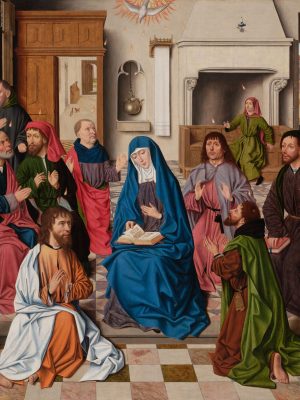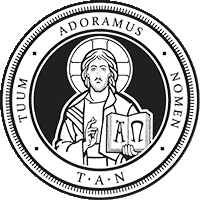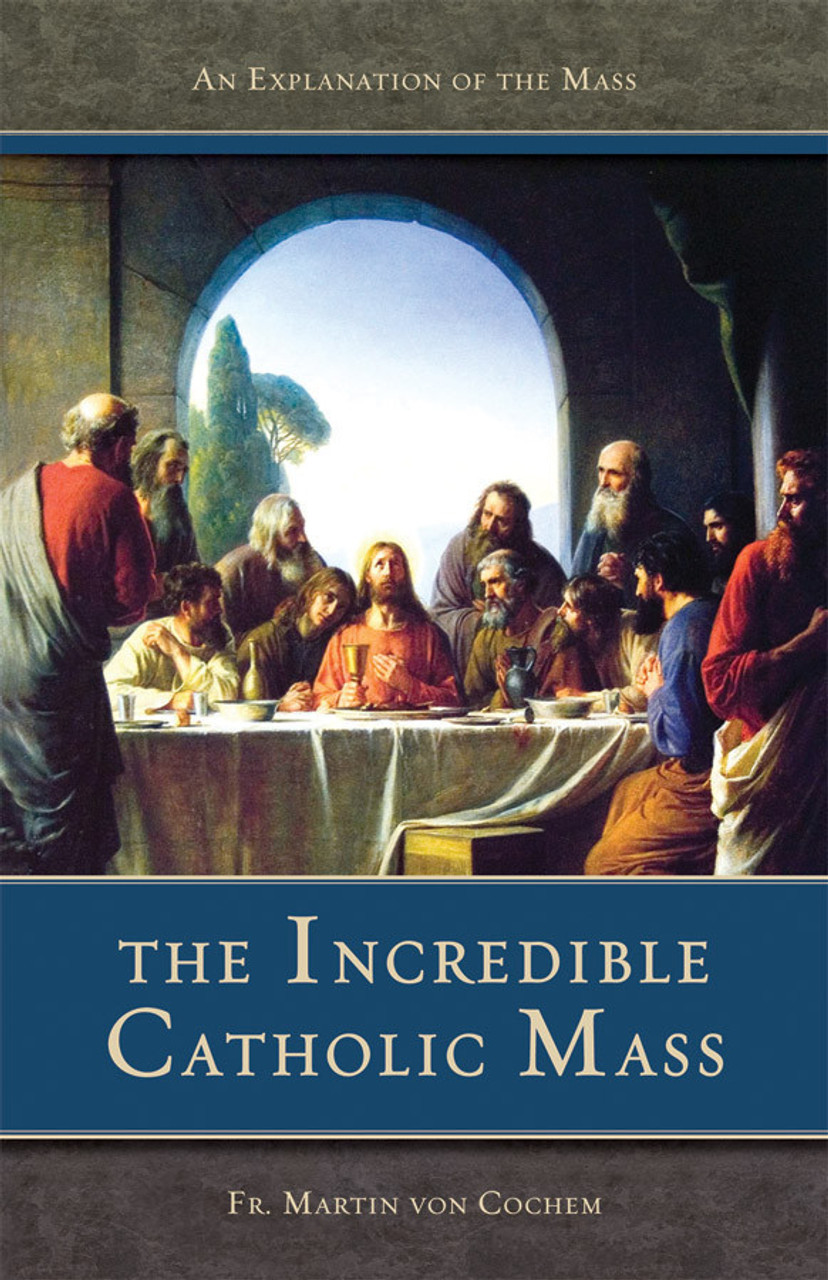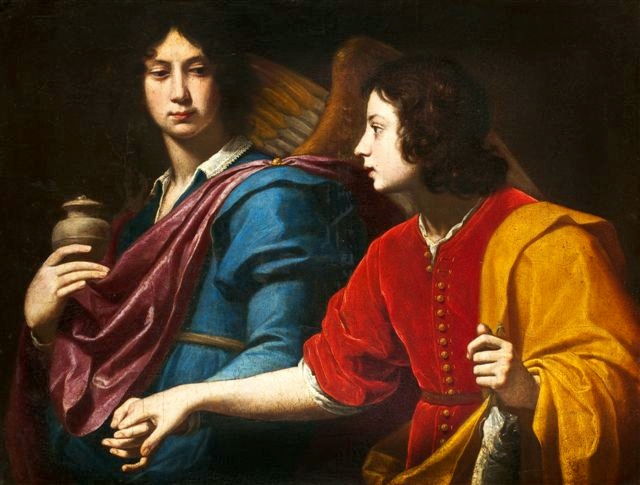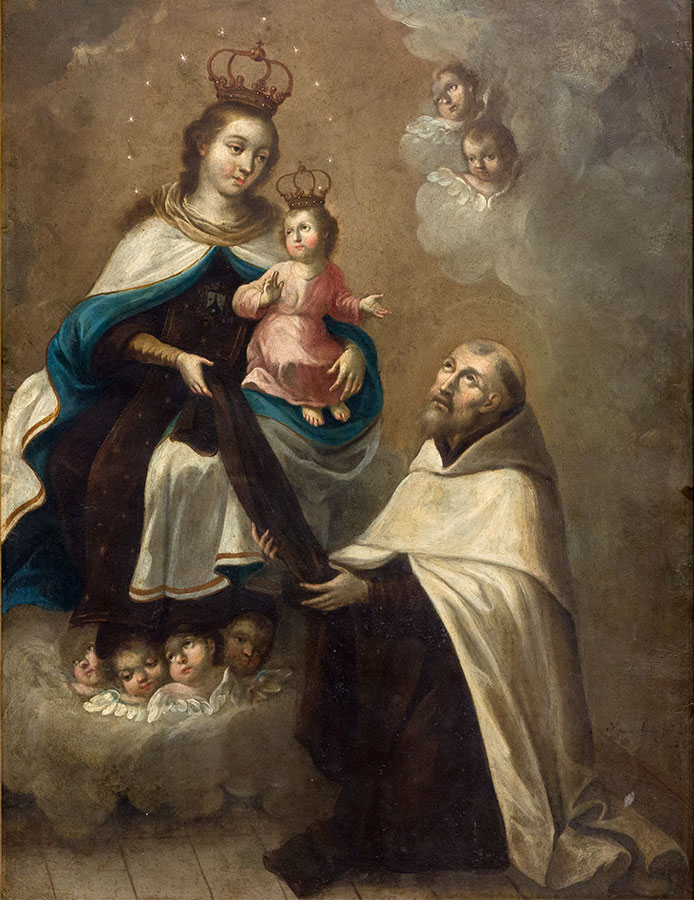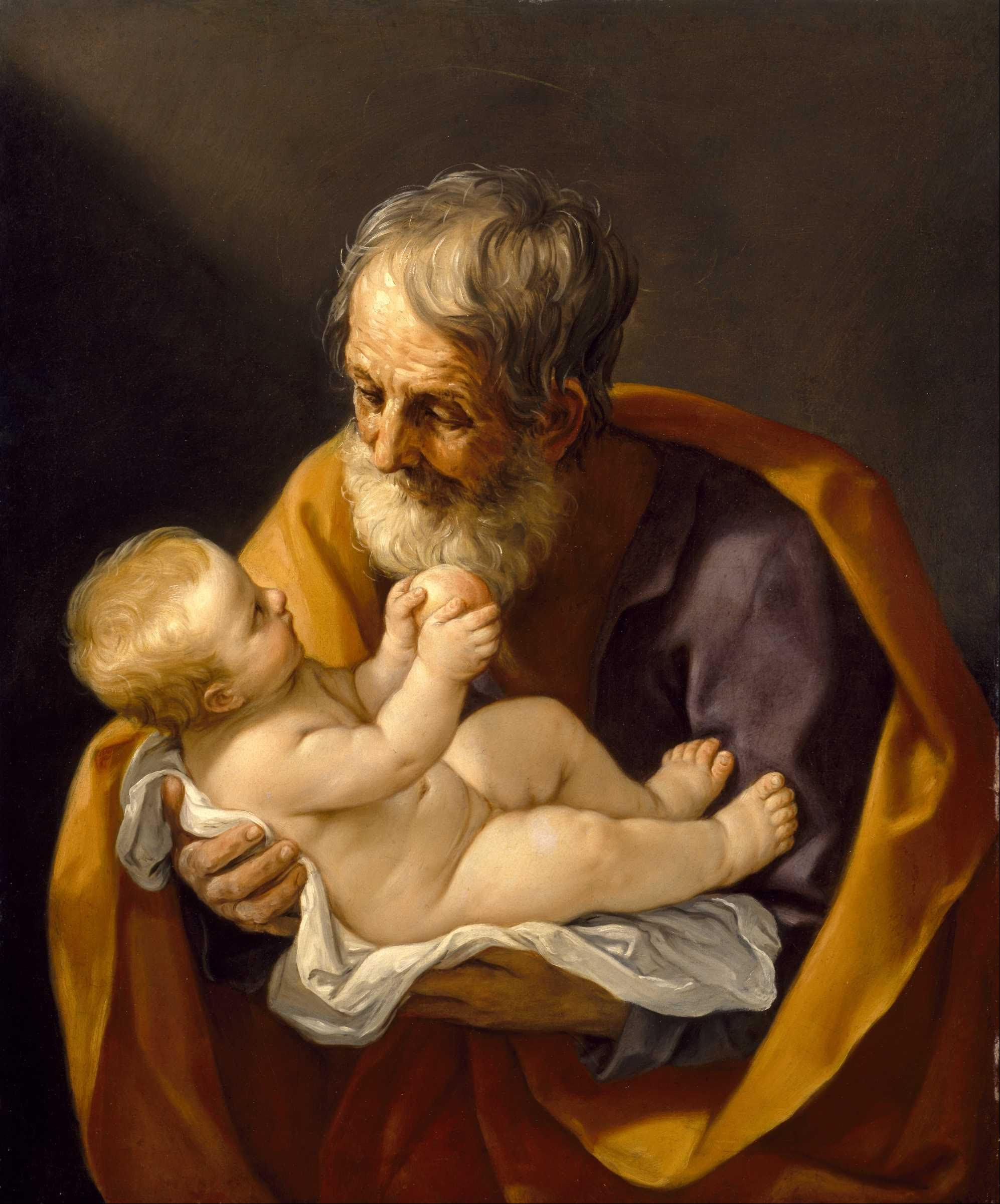Easter continues until the descent of the Holy Spirit at Pentecost, meaning the Easter celebration lasts for fifty days! Discover the Holy Spirit at work in Scripture in this incredible excerpt from Pentecost With the Church Fathers. Get your copy and begin this 7-week retreat!
Easter Readings
Each daily liturgy through Easter week naturally focuses our attention on the risen Christ and how His first disciples came to receive the Good News of love’s triumph over sin and death. Since the lectionary from which the Mass readings are proclaimed is divided into a three-year cycle, you may hear a Gospel on this Easter Sunday from:
John 20:1–9,
Matthew 28:1–10,
Mark 16:1–7, or
Luke 24:13–35.
As subtly different as each Gospel author portrays this pivotal scene, the message is the same: Jesus Christ is God Himself, and He alone can defeat all that we have freely put between ourselves and the Father.
Easter Is Not Over
Easter is not over today or even this week. Easter is completed only by Pentecost: there may be forty days of Lenten observance, but there are fifty days of Easter celebration. Easter is completed only by Pentecost because the work of Christ finds fulfillment in the work of the Holy Spirit. In fact, the Lord Himself tells us, “But I tell you the truth, it is better for you that I go. For if I do not go, the Advocate will not come to you. But if I go, I will send him to you” (Jn 16:7).
As we shall see in the week to come, the Holy Spirit is already clearly active before Christ’s coming to earth—He is present at creation symbolized by the “mighty wind,” and He rushes upon Old Testament figures like Samson and King David. Yet it is the Sacred Triduum that unlocks the Holy Spirit’s presence into the Christian people in a new and everlasting manner. It is the crucified heart of Christ that melts our hearts to the degree where we finally let another in, where we finally admit our need for a humble Savior. In this receiving of the wounded Christ, then, our hearts are prepared to become sharers in the Spirt who makes us children of the same Father as Jesus:
After Christ had completed his mission on earth, it still remained necessary that we should become partakers and sharers of the divine nature of the Word. We had to give up our own life and be so transformed that we would begin to live an entirely new kind of life that would be pleasing to God. However, this was something we could do only by sharing the Holy Spirit. And the most fitting and appropriate time for the mission and descent of the Holy Spirit to us was . . . the occasion of our Savior’s departure to heaven. As long as Christ was with them in the flesh, the believers would have thought that they possessed all the blessings he had to offer. But when the time came for him to ascend to his Father in heaven, it was necessary for him to be united through his Spirit to those who worshiped him and to dwell in our hearts through faith. Only by the Spirit’s presence within us in this way could he give us the confidence to cry out, “Abba, Father,” and enable us to grow in holiness.
What the Tomb and the Cross Tell Us
The possible Gospels for Easter Mass, whether it be the vigil or later Sunday morning Masses, the Gospel for years A, B, or C all focus our attention on the empty tomb. It is this tomb that ultimately saves our soul, yet the cross is what brings us face to face with what we have done and what we too would be if it were not for the grace of Jesus Christ. We are all sinners, and all have, therefore, merited death. But God loves us too much to let that happen, so as Adam and Eve were shamefully leaving Eden, God began to prepare the entire world for His Son’s and Spirit’s coming. Through the Old Testament figures, He foreshadowed the True Lamb of Sacrifice and manifested some of His Spirit’s power to His chosen people.
The ascension of Jesus begins the great novena, the nine days between Christ’s bodily return to the Father and the subsequent descent of the Holy Spirit. This great movement means great mystery, and we shall slowly unpack the implications of the Son’s sending of the Holy Spirit as our retreat unfolds.
Luke’s Account of Pentecost
To begin, then, let us return to the source of God’s Word to all of humanity, searching His Scriptures for the Holy Spirit’s appearance and activity, focusing on His descent as portrayed by the Apostle Luke at the beginning of the Acts of the Apostles:
When the time for Pentecost was fulfilled, they were all in one place together. And suddenly there came from the sky a noise like a strong driving wind, and it filled the entire house in which they were. Then there appeared to them tongues as of fire, which parted and came to rest on each one of them. And they were all filled with the holy Spirit and began to speak in different tongues, as the Spirit enabled them to proclaim. Now there were devout Jews from every nation under heaven staying in Jerusalem. At this sound, they gathered in a large crowd, but they were confused because each one heard them speaking in his own language. (Acts 2:1–6)
Who Is the Holy Spirit?
The word spirit can be used in diverse ways. We talk about the spirit of the age or the spirit of a room, team spirit, or even those flask-filling spirits that can inebriate. We talk about some people being in-spired, and today the word spiritual has oftentimes come to mean someone who might take the deeper things of life more seriously than most. Spirit can obviously mean many different things to many different people, a word that is difficult to restrict to any one particular definition.
Given this level of etherealness, why do you think the Third Person of the Trinity wants to be known initially as Spirit, describing Himself in Scripture as someone who is as agile as the wind but as important and divine as God?
Since we were little, we have probably imagined God the Father as an older gentleman sporting a big white beard; we all have had pictures of the Son as Jesus Christ who is depicted as a baby in Mary’s arms and as a grown man who walked on dusty plains performing miracles and teaching crowds. We all have depictions of Jesus’s crucifixion and can readily imagine His glory after His resurrection from the dead three days later. While these images tell us something certainly true, they are obviously our own depictions over the centuries. As insufficient as these pictures and portraits really are, however, we have an even less accurate image of the Holy Spirit. Even the Bible stretches to find symbols to describe Him: light as a breeze, zealous as fire, peaceful as a dove—very lithe and even lofty images, symbols that leave a lot more room for our own imaginations and definitions.
Reflection Questions
What do you know about the Holy Spirit? Can you list three images or words to describe Him in your life?
Describe a time you have felt close to the Spirit’s presence.
Does the Spirit’s invisible presence frighten you or comfort you? Why?
ooo
This article is taken from a chapter in Pentecost With the Church Fathers by TAN Editors which is available from TAN Books.


